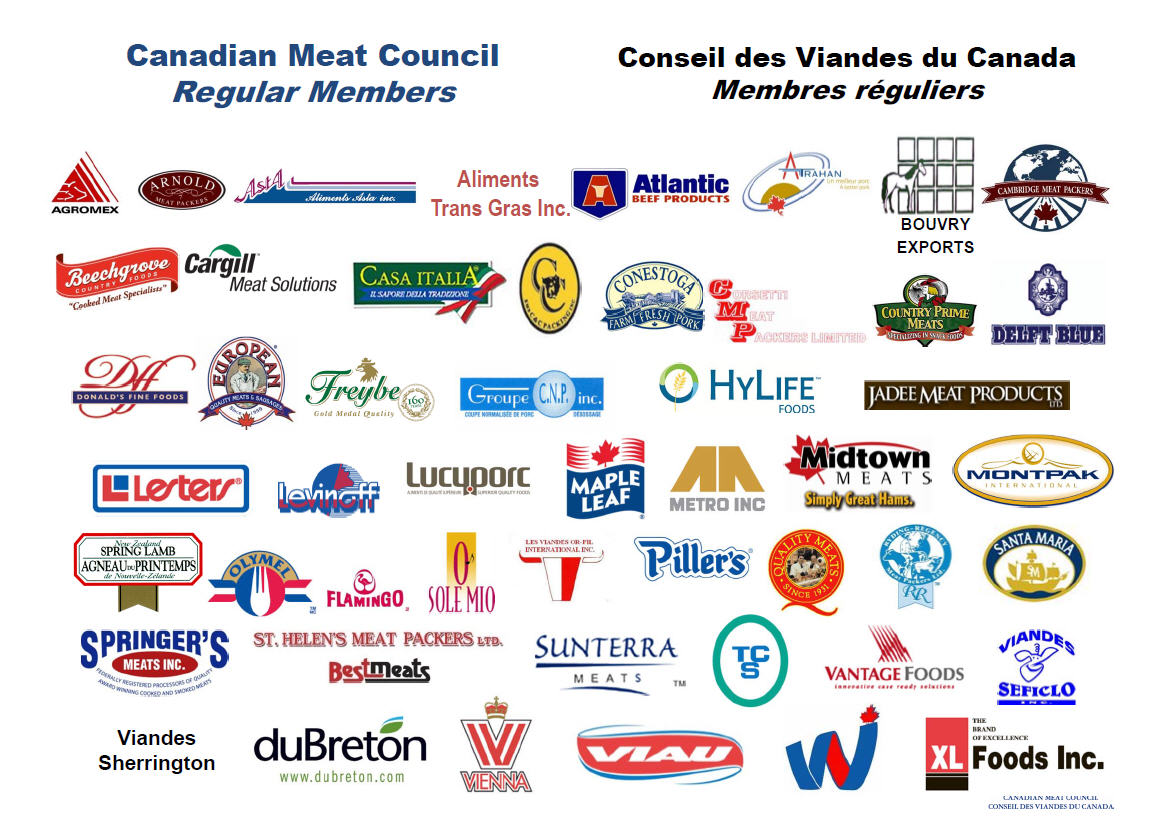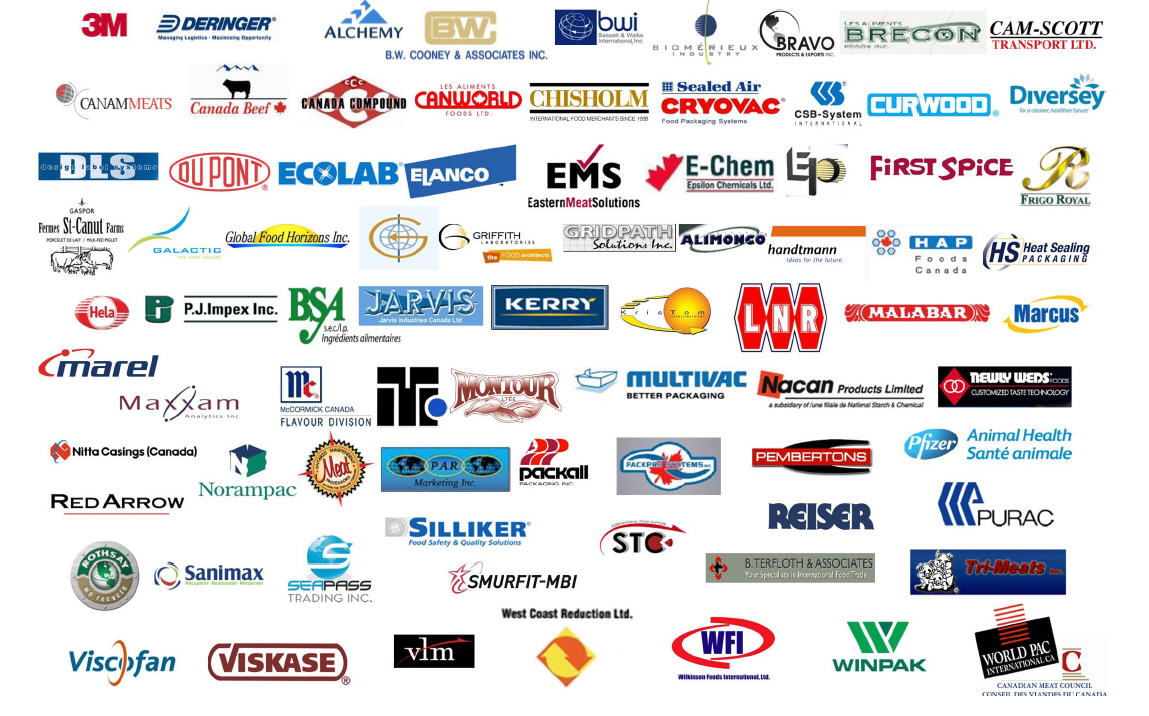Submission to the House of Commons
Standing Committee on Finance
Pre‐Budget Consultations for 2012
James Laws, Executive Director
Canadian Meat
Council
Executive Summary
- Canada’s meat processing industry of beef, pork, poultry, veal and lamb is our largest food processing sector. The industry’s annual sales are over $21.3 billion and it employs over 67,500 people. Canada’s meat processing industry is made up of over 400 federally registered establishments, often located in rural settings adding jobs and important economic activity to the life of rural Canada. The industry is active in virtually every part of the country, with major concentrations of firms found in Alberta, Manitoba, Ontario and Québec. Over 95% of Canada’s meat processing comes from federally registered facilities.
- Canada’s meat industry recommends that the Government of Canada create a new “time limited” Food Safety Tax Credit based on eligible expenses for Canada’s food processing industry for a safer food supply for Canadians. Many new processing technologies, packaging and testing equipment are available to improve food safety. Expected cost is $170 million per year.
- Canada’s meat industry recommends that the Government of Canada not charge meat products inspection fees to federally registered meat processing establishments. Expected cost is $21 million per year.
- Canada’s meat industry recommends that the Government of Canada reinstate the Abattoir Competitiveness and the Slaughter mprovement Programs to offset the cost of the 2007 enhanced ruminant feed ban regulations and to strengthen the competitiveness of the red meat industry. Expected cost is $30 million per year.
Canada’s Meat Industry
- Canada’s meat processing industry faces constantly rising regulatory and customer expectations for food safety. At the same time food safety risks are constantly evolving as seen in Europe’s E coli crisis. Companies are investing in rigorous new systems of third party food safety certification and investing in equipment, processing technologies and laboratory testing facilities. Investment must be accelerated to prevent food safety problems and gaining access to sophisticated markets like the US, EU and Japan requires world class food safety systems. A “time limited” tax credit would be much more effective than various small grant programs currently available and avoids the problem of governments picking winners and losers.
- Canada’s meat industry recommends that the Government of Canada create a new “time limited” Food Safety Tax Credit based on eligible expenses for Canada’s food processing industry for a safer food supply for Canadians. Many new processing technologies, packaging and testing equipment are available to improve food safety. Expected cost is $170 million per year.
- Canada’s federally inspected meat processing industry is by far the most regulated of all the food processing sectors. The Meat Inspection Act and Regulations are extensive and unlike other food sectors meat inspection is regular and mandatory. The Canadian Food Inspection Agency charged $21 million in 2009/2010 to processors for meat inspection fees. Fees for inspection services, export certificates, label approvals, etc constitute a competitive disadvantage to Canadian federally registered meat processors. These fees are in addition to growing staffing costs to deliver programs like the HACCP‐based Inspection (HIP) program; the Compliance Verification System; and the significant increase in mandatory pathogen testing requirements such as the new Listeria Control Policy . This is in sharp contrast to American processors and Canadian provincially inspected meat processors who are not subject to these same additional costs.
- Canada’s meat industry recommends that the Government of Canada not charge meat products inspection fees to federally registered meat processing establishments. Expected cost is $21 million per year.
- In July of 2007 Canada’s enhanced ruminant feed ban regulations came into effect. These new regulations require the removal and disposal of certain ruminant materials that were previously allowed in the non‐ ruminant animal feed supply. These requirements impose tremendous ongoing costs and lost revenues to our beef packing sector not faced by our American competitors. The Slaughter Improvement Program was a highly successful three‐year, $50 million dollar national program delivered by Agriculture and Agri‐Food Canada that provided slaughter facilities with up to 50% of eligible costs. Its aim was to strengthen the competitiveness of the red meat industry by providing interest‐free, conditionally repayable contributions to support investments that will improve and modernize slaughter operations as well as enhance slaughter capacity in regions that have a demonstrated regional gap that is constraining sector growth.
- Canada’s meat industry recommends that the Government of Canada reinstate the Abattoir Competitiveness and the Slaughter Improvement Programs to offset the cost of the 2007 enhanced ruminant feed ban regulations and to strengthen the competitiveness of the red meat industry. Expected cost is $30 million per year.

